The Case for Witnessed ITAR Destruction
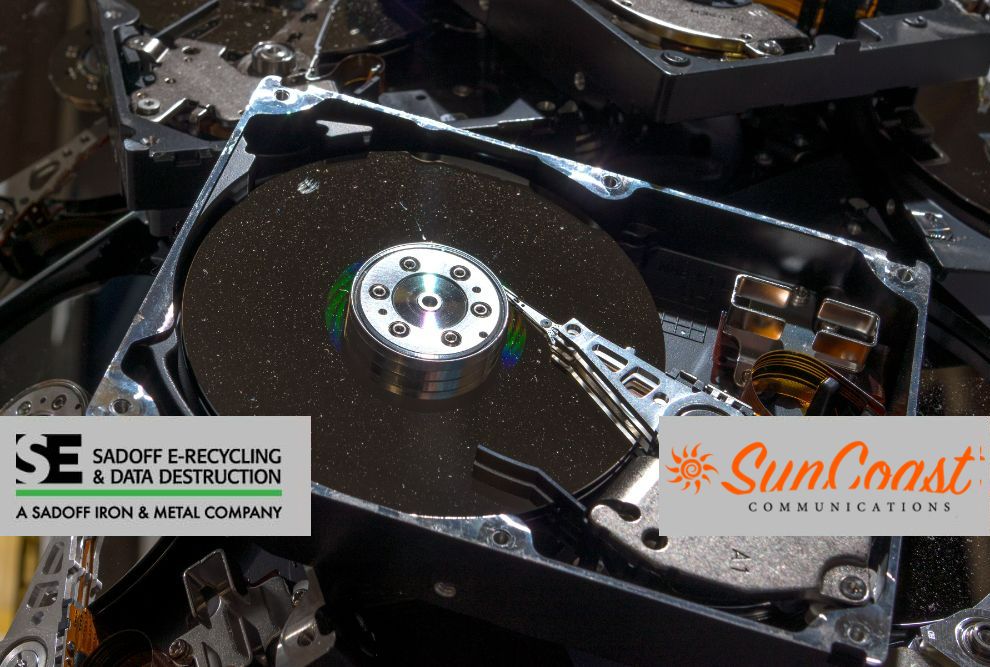 18
18 Nov
If you are a defense contractor or a business that handles ITAR-controlled technology, you already know the stakes. A compliance failure isn’t just a fine; it’s a potential threat to national security and an existential risk to your business. You know you can’t just throw old hardware in a bin. So, you do the right thing: you hire an ITAR-registered recycler, and they send you a “Certificate of Destruction.”
You file it away. You’re compliant. You’re safe.
But are you?
Let’s be blunt: a Certificate of Destruction is a promise. It’s a piece of paper that says an event happened. But in the world of ITAR (International Traffic in Arms Regulations), where the burden of proof is absolute, are you willing to bet your entire business and your government contracts on a promise?
This is the critical gap where compliance can fail. An audit is coming. A question is raised about a specific retired asset. Can you prove it was destroyed, or are you just trusting a piece ofpaper from a vendor? This is why Sadoff E-Recycling & Data Destruction offers witnessed destruction. It’s the difference between a promise and proof.
The Gold Standard: From a “Promise” to “Irrefutable Proof”
Witnessed destruction is exactly what it sounds like. It is the gold standard of data security and ITAR compliance. It’s the process where your own vetted personnel—your security officer, your compliance manager, your IT director—are invited to our secure, ITAR-registered facility in Oshkosh.
They don’t just drop off a pallet. They stand and physically watch as their assets are destroyed.
 Step 1: The Audit. We reconcile the serialized inventory from your facility with the assets on our dock. Your team verifies that every single piece is accounted for.
Step 1: The Audit. We reconcile the serialized inventory from your facility with the assets on our dock. Your team verifies that every single piece is accounted for.- Step 2: The Destruction. Your team watches as those assets—the servers with R&D data, the hard drives with technical schematics, the prototypes—are fed directly into our industrial-grade shredders.
- Step 3: The Verification. Your team observes as those devices are reduced to 2mm confetti-sized fragments, making data recovery a complete physical impossibility.
There is no doubt. There is no question. The threat is not just “wiped”; it is physically, verifiably annihilated.
Why Shredding an SSD is Different Than an HDD
This Is Your Legal and Financial Armor
Why is this process so critical? Because in the event of a breach, an audit, or a legal challenge, “we received a certificate” is a weak defense. “Our Head of Security personally witnessed the 100% shredding of all 58 drives” is an ironclad, indisputable fact.
This is the assurance you need. This process closes the loop of liability completely. It provides an auditable, verifiable event that protects your contracts, your reputation, and your leadership from personal liability. It’s the single most powerful way to demonstrate your absolute commitment to due diligence.
We offer this witnessed service for both of our primary ITAR destruction methods. You can watch our industrial shredders destroy your hardware, or for certain materials, you can opt for secure, witnessed incineration. The choice is yours, but the result is the same: absolute, verifiable destruction, performed entirely within the United States by trained, vetted personnel.
Read More: ITAR Destruction vs Standard Data Wiping: What You Must Know
The Warning: What If You Had to Prove It Tomorrow?
Now, ask yourself this: if a federal auditor showed up at your facility tomorrow and asked you to prove, beyond that piece of paper, that your retired-gen missile guidance tech wasn’t just “wiped” and shipped overseas by a subcontracted, uncertified hauler… could you? Could you look them in the eye and say you know for a fact that it was destroyed?
A Certificate of Destruction is a promise. Witnessed destruction is proof. In the world of ITAR, you cannot afford to settle for anything less.
Don’t just be compliant. Be verifiably compliant. Contact Sadoff’s ITAR specialists today to schedule a secure, witnessed destruction for your most sensitive assets.
Categorized in: ITAR



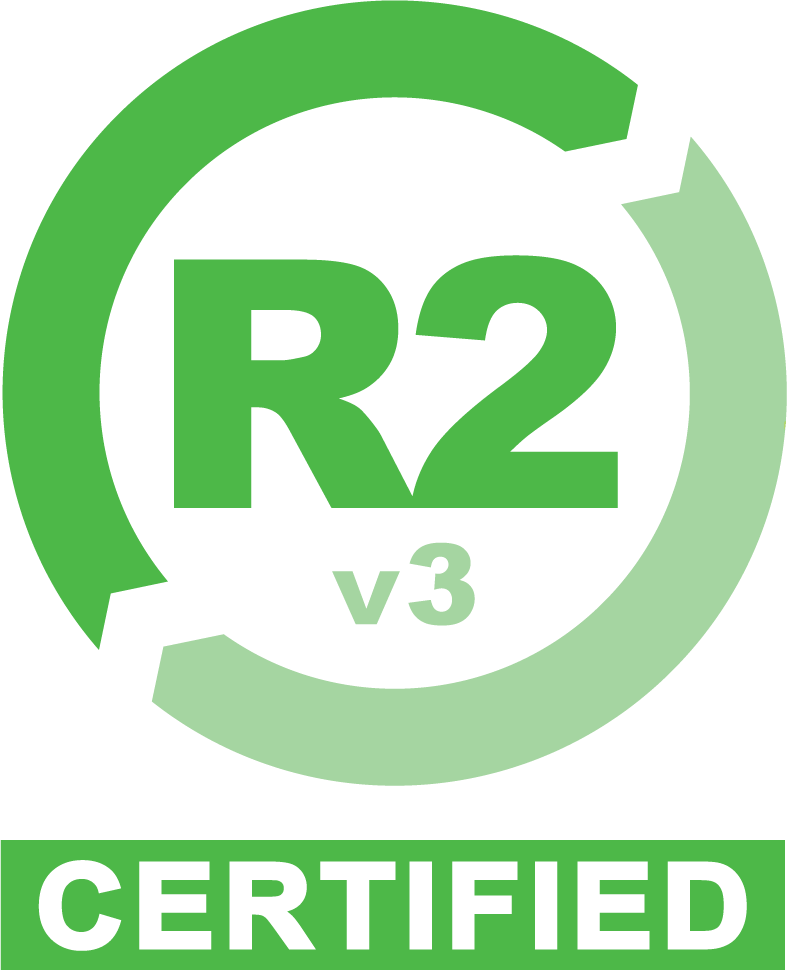
 Google map directions
Google map directions
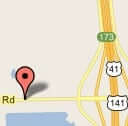 Google map directions
Google map directions
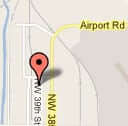 Google map directions
Google map directions
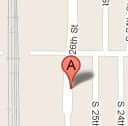 Google map directions
Google map directions
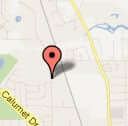 Google map directions
Google map directions
 Google map directions
Google map directions
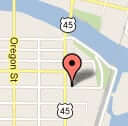 Google map directions
Google map directions